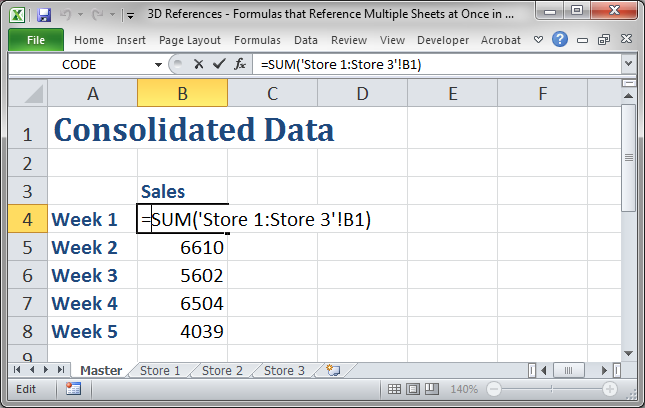Link Excel Cells Between Sheets: Easy Guide

Linking cells between different sheets in Excel can significantly boost your productivity, especially when dealing with complex data sets. Whether you're a financial analyst managing a budget, a project manager tracking multiple projects, or just someone who loves organizing data, this feature can save you both time and effort. In this comprehensive guide, we'll explore how to link cells between sheets in Excel with ease, providing step-by-step instructions along with tips to optimize your workflow.
Why Link Cells Between Sheets?

Before diving into the how-to, let’s understand why you might want to link cells:
- Maintain Data Integrity: By linking cells, you ensure that any change in one location updates elsewhere automatically.
- Efficiency: Reduces the need for manual data entry, minimizing human error.
- Consistency: Ensures all related data points remain synchronized across your workbook.
Getting Started: Linking Cells

Here’s how you can start linking cells between sheets in Microsoft Excel:
- Open Your Excel Workbook: Ensure you have at least two sheets where you want to link cells.
- Select the Destination Cell: Go to the sheet where you want to display the linked value. Click the cell where this link should go.
- Begin the Formula: Start typing
=to create a formula. - Locate the Source Sheet and Cell: Switch to the source sheet, select the cell you want to link from, and then return to the destination sheet.
- Press Enter: After selecting the source cell, hit Enter. Excel will fill the destination cell with a formula that references the source cell, like
=Sheet2!A1if the link is from cell A1 of Sheet2.
Tips for Efficient Cell Linking

To streamline your linking process:
- Use Named Ranges: Define names for your cells or ranges for easier reference. Right-click a cell or range, choose “Define Name”, and give it a name. Now, you can link using that name (e.g.,
=MyData). - Relative and Absolute References: Understand how to use relative (like
A1) vs. absolute references (likeA1) when linking cells. Absolute references are particularly useful when your formulas refer to fixed locations. - Utilize Keyboard Shortcuts: Instead of manually selecting cells, you can use shortcuts:
- Ctrl + Click to select non-adjacent cells.
- Alt + E + S then E + Enter to edit the formula directly.
💡 Note: When working with multiple sheets, ensure each sheet has a unique name to avoid linking confusion.
Advanced Linking Techniques

For those looking to harness the full power of Excel:
- 3D References: Link across sheets to aggregate data (e.g.,
=SUM(Sheet1:Sheet3!A1)to sum cell A1 from three sheets). - External Links: Link to cells in different Excel workbooks. This can be useful when dealing with large datasets stored in separate files.
Troubleshooting Common Issues

When linking cells, you might encounter:
- Broken Links: If sheets or workbooks are moved or renamed, links might break. Use the “Update Links” option in Excel to repair these.
- Performance Impact: Linking too many cells or across too many sheets can slow down Excel. Optimize by using named ranges or consolidating data where possible.
- Circular References: Ensure your formulas do not create loops that might cause Excel to behave unexpectedly.
🔍 Note: To check for and fix circular references, go to the "Formulas" tab in Excel, and click on "Error Checking" in the "Formula Auditing" group.
In this detailed guide, we’ve covered the essentials of linking cells between sheets in Excel. From the basic steps of creating links to advanced techniques for optimizing your workflow, you now have the tools to manage complex spreadsheets with greater ease. By linking cells effectively, you ensure data consistency, save time, and increase accuracy. Remember, while linking cells is straightforward, understanding Excel’s nuances will allow you to leverage its full potential, making your data management tasks more efficient and your work life easier.
Can I link cells between different Excel workbooks?

+
Yes, you can link cells across different Excel files using external references. Simply start your formula with the file name in brackets, followed by the sheet and cell reference like this: =[WorkbookName.xlsx]SheetName!CellReference.
How do I update a link if I rename a sheet or move a workbook?

+
If you rename a sheet or move a workbook, Excel will prompt you to update the links. Click “Update Links” to re-establish the connection. If you encounter issues, you might need to manually update the formula by changing the sheet or workbook name within the formula.
What happens if the source cell is deleted?

+
If you delete the source cell, the linked formula will result in an error (#REF!). You would need to either restore the cell or update the formula to reference a different cell or location.